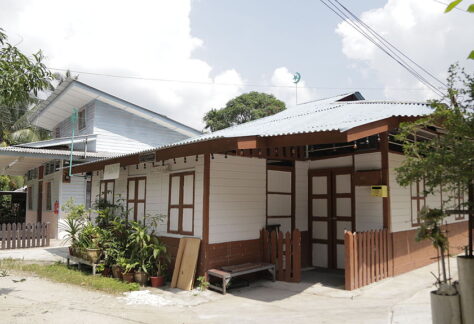Get a glimpse of WWII Singapore with Fort Siloso, the only preserved coastal fort in Singapore
Located at the northwestern tip of Sentosa (formerly known as Pulau Blakang Mati), Fort Siloso has withstood the test of time and development of Singapore to become to the last remaining intact coastal gun battery in Singapore.
Building Fort Siloso
Built by the British between 1874 and 1880, Fort Siloso was constructed by blowing off Mount Siloso’s top with 8,500kg of gun powder to construct a flat ground for the installation of artillery guns. Named after the hill it was built on, Fort Siloso served to defend the western entrance to Keppel Harbour.
The fort was then armed with an array of guns including two 64-pounder guns, two 7-inch muzzle-loading guns and five 10-inch guns.
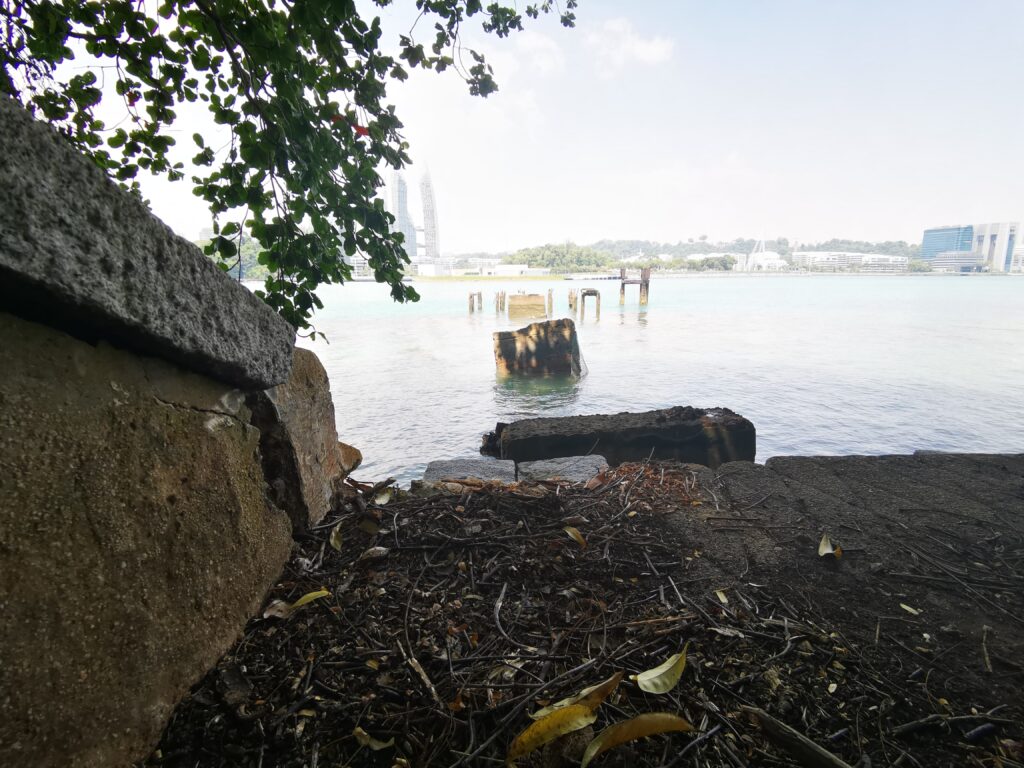
With the growing importance of Keppel Harbour and the impending war against the rapidly expanding Japanese forces in the early 1940s, Fort Silso was swiftly upgraded to include an additional twin quick-firing anti-torpedo boat guns, two machine guns and two anti-aircraft machine guns.
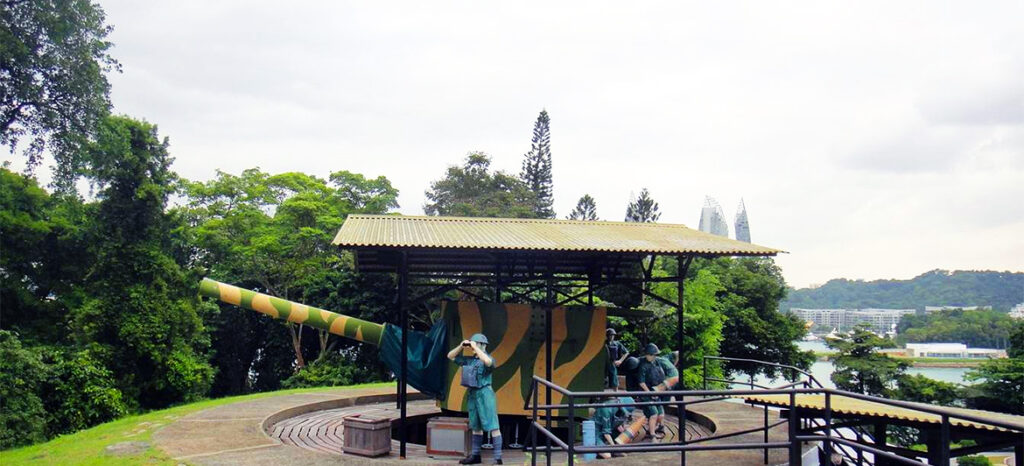
Together with Fort Serapong, Fort Connaught, Fort Imbiah, Fort Teregah (at Pulau Brani), and Fort Pasir Panjang (also known as Labrador Battery), they formed a formidable southern coastal defense against an attack by the Imperial Japanese Navy.
Fort Siloso in WWII
Contrary to popular belief, during the Battle of Singapore (from 8 Feb to 15 Feb 1942), the guns at Fort Siloso traversed 180 degrees to fire at Japanese forces landing on the west of mainland Singapore.
In spite of the strong firepower, the guns were then armed with armour-piercing shells meant to attack Japanese warships. This proved to be ineffective against the Japanese Imperial Army.
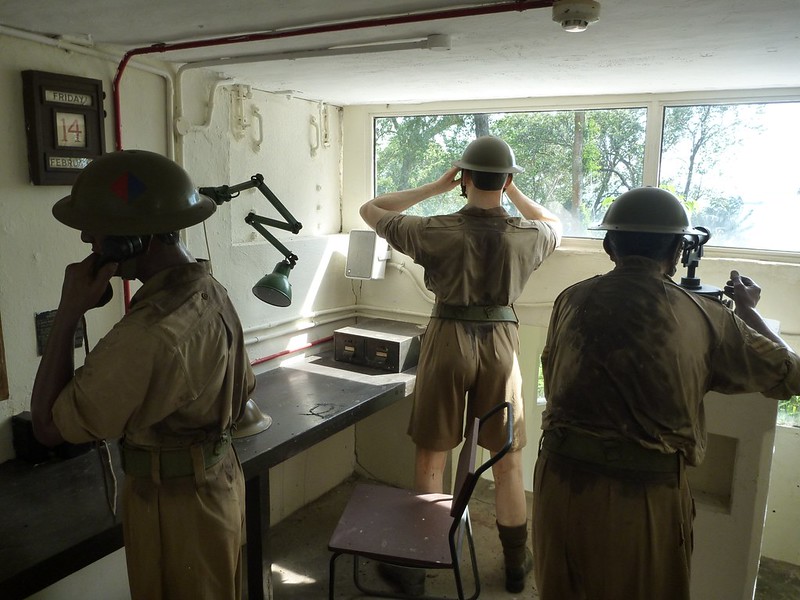
With the imminent fall of Singapore in the later half of the Battle of Singapore, Fort Silso was ordered to destroy the oil tanks at the outlying islands of Pulau Bukom and Pulau Sebarok. The guns at Sentosa were then spiked to prevent it from being used by the Japanese.

After the fall of Singapore, Fort Siloso was used as a prisoner-of-war camp by the Japanese. The fort was returned to the British Royal Army after the return of Singapore to the British Forces in 1945.
Fort Siloso: 1950s to 1972
During the Konfrontasi (Indonesia-Malaysia confrontation) from 1963 to 1965, Fort Siloso once again took on a defensive role and was charged with preventing Indonesians from entering Singapore via Sentosa and Keppel Harbour.
Fort Siloso became a temporary Catholic retreat centre for the British forces until 1967 when Sentosa was handed to the Singapore Armed Forces (SAF). The island was briefly used as a military compound before its redevelopment into an integrated holiday resort in 1972.
Fort Siloso Military Museum
With the redevelopment of Sentosa into a tourist destination, Fort Siloso was restored and revamped into a military museum.
Today, Fort Siloso is home to Singapore’s largest collection of WWII memorabilia including fortified tunnels, bunkers and coastal guns.
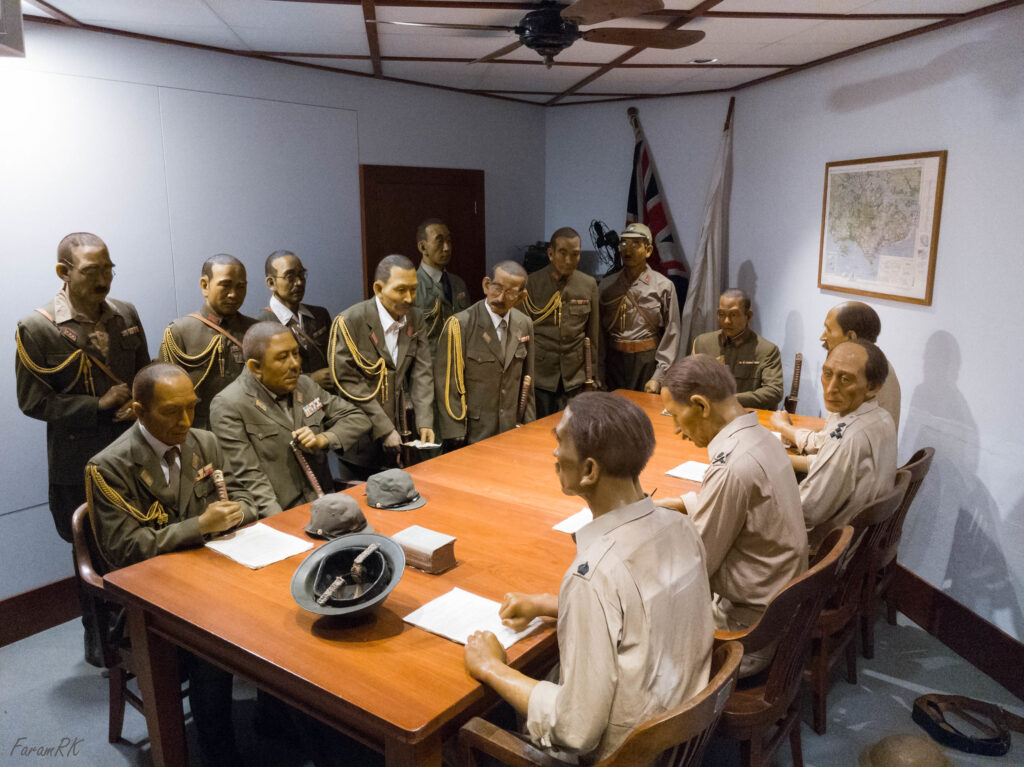
Re-enactment of scenes from the Battle of Singapore and Japanese Occupation were created to chronicle the historic events during World War II. In particular, the Surrender Chambers depicted scenes of British’s surrender to the Japanese in 1942 as well as the Japanese’s surrender in 1945.
In 2015, Fort Siloso opened its 11-storey tall, 181-metres long Fort Siloso Skywalk, offering visitors a bird’s eye view of the island as well as the Singapore Straits.
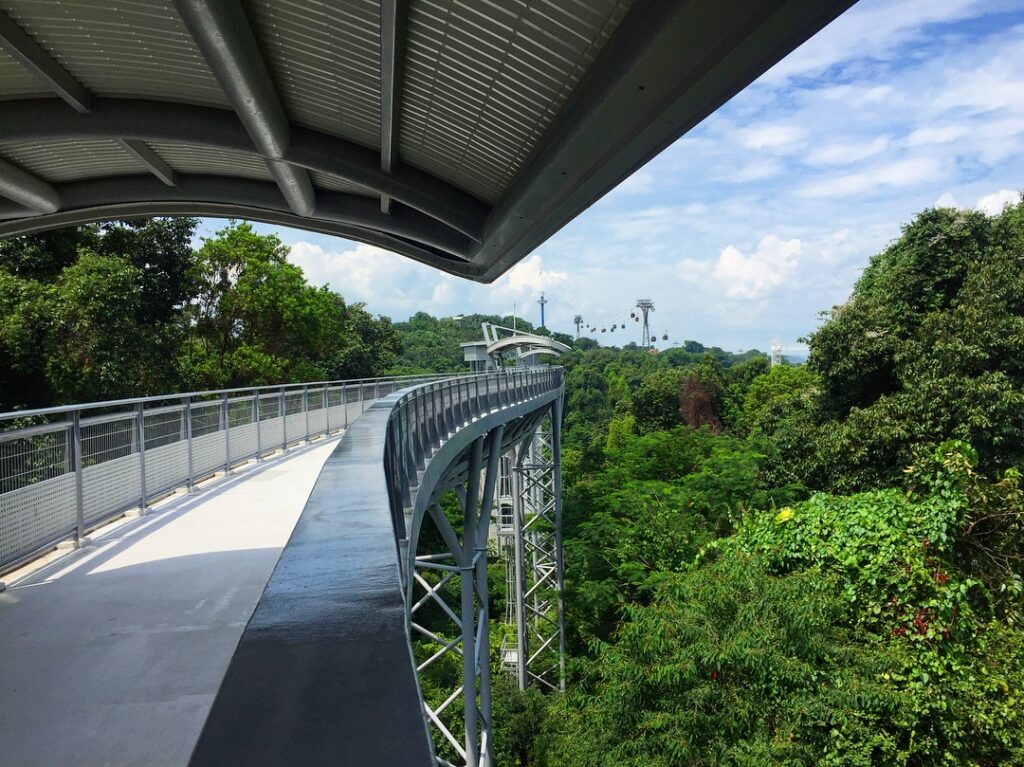
With its collection of military memorabilia and longstanding history, Fort Siloso is without a doubt the oldest and most iconic tourist attraction in Sentosa.
In sharp contrast, Fort Connaught was demolished to construct Tanjong Golf Course while Fort Serapong was left in ruins. As for the Imbiah Battery, it was partially restored and is now forms part of the Imbiah Trail.
Note:
Free day tours are held at Fort Siloso on every 2nd and 3rd saturday of the month from 3pm to 4:30pm. Register here




